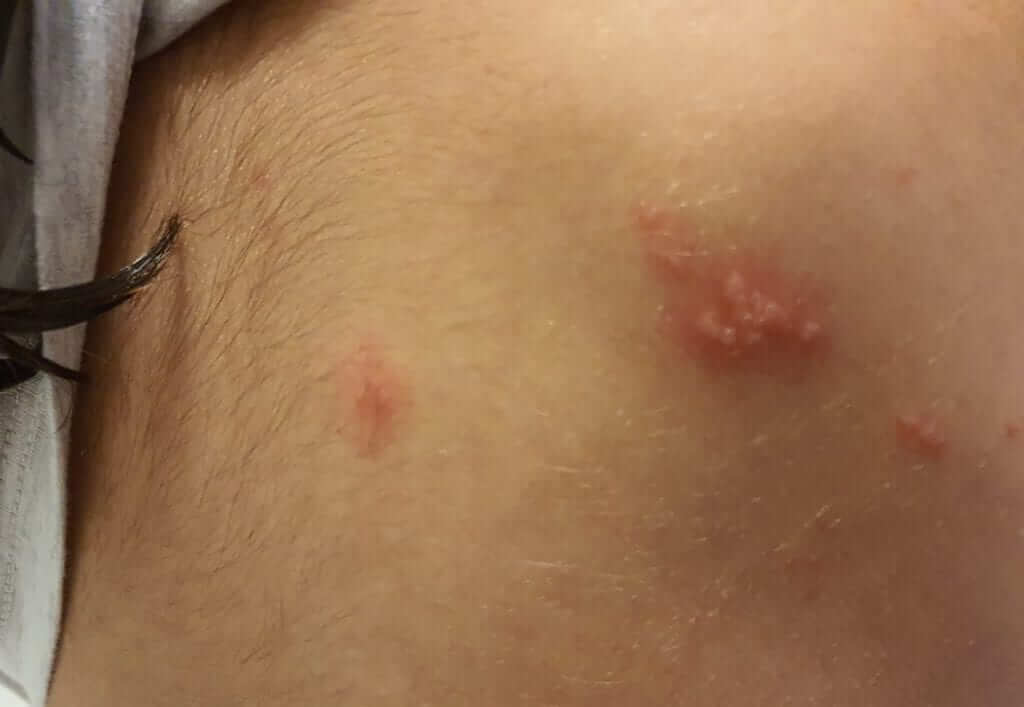
Shingles vaccination in adults (Shingrix and Zostavax)
Despite this website focusing mainly on children and childhood diseases, I thought it would be a good idea to talk about a topic that I feel is important, even though it is more relevant to parents or grandparents.
Since shingles is a highly morbid disease, and since there are 2 shingles vaccines available in the world, I thought it would be beneficial to give you some information about who needs to receive these vaccines, when and how.
The two vaccines available are Shingrix (a newer vaccine) and Zostavax (the older vaccine, removed from the market in most countries).
Sorry, let me just make this more clear: there are few opportunities where medical technology (in this case it is a vaccine) is able to change the face of a disease in such a significant manner. This new vaccine, Shingrix, is one of these technologies.
Bear with me.
So, what is shingles?
Shingles is a secondary eruption of the chickenpox virus. The first time you catch the virus you develop chickenpox, and the second time this virus reactivates in your body it causes shingles.
How does Shingles manifest?
The signs and symptoms of shingles include a vesicular rash in the trunk area that looks like a belt. It is one-sided and usually painful and itchy.
The illness is unpleasant and in older people can cause a chronic nerve pain.
In addition, it has several potential complications, you can read about them in the chapter that discusses shingles illness here.
Is there any treatment for shingles after the rash has erupted?
Yes. Rapid treatment with one of the three antivirals: acyclovir, valacyclovir or famciclovir can shorten the course of the illness. Read more about this here.
Nonetheless, prevention is always better than catching the disease itself.
Is there a way to prevent shingles?
Yes. There is a vaccine!
What are the two types of vaccines available and what is the difference between them?
Shingrix:
Manufactured by GSK.
A recombinant vaccine, it is not live-attenuated.
In the USA it is approved for adults over the age of 50. It is given in 2 doses, separated by 2-6 months.
It is administered intramuscularly, in the upper part of the arm.
It has proven to reduce the prevalence of shingles by more than 90%.
However, there is a high frequency of adverse effects following the administration of the vaccine. The most common adverse effects are local to the site of injection and include tenderness, swelling and redness. Systemic effects including muscle pain, fatigue and headaches are much less common.
I can tell you my own experience: after the first dose I experienced fever for 3 hours and following the second dose I have fever and muscle pain that lasted a day. Not the best feeling, but no big deal.
Among the benefits this vaccine has to offer is the fact that it can also be given to people who are immune suppressed and that it provides protection for a longer time than the older vaccine, Zostavax.
Zostavax:
Manufactured by MSD.
This is a live-attenuated vaccine that contains the same viral species (live attenuated) that the children’s chickenpox vaccine contains, but in a larger volume.
This vaccine is approved for adults 50 years and older.
It is a single-dose vaccine, and it is effective for 5 years.
It is administered subcutaneously in the upper part of the arm.
It has proven to reduce the prevalence of shingles by about 70%.
Since it is a live-attenuated vaccine it cannot be administered to people who are immune suppressed.
It does not have any significant side-effects.
The risk of transmitting the virus from a person who received the vaccine to another is strictly theoretical, and there is no official recommendation to avoid contact with family members or other people following receipt of vaccine.
In most places in the world, this vaccine has been removed from the market.
Who should get the shingles vaccine? Which vaccine is recommended?
I advise anyone over the age of 50 to get the vaccine against shingles. The recommended vaccine is Shingrix.
I also recommend all those who are over the age of 18 and suffer from an underlying medical condition involving their immune system to get Shingrix.
The US Food and Drug Administration (FDA) recommends anyone over the age of 50 to receive the Shingrix vaccine. This is the preferred vaccine.
What if I already received Zostavax, should I still get the Shingrix vaccine?
You can still get the Shingrix vaccine even if you have already received the Zostavax vaccine. However, because the Zostavax vaccine is effective for several years, I do not advise for you to get Shingrix immediately after you get Zostavax. How long should you wait? I don’t have a clear-cut answer to that. Some guidelines recommend waiting at least 2 months.
What if I already had shingles, should I still get vaccinated?
Yes. Shingles can recur (at a rate of 4%) and so the vaccine is also recommended to those who already had shingles. Here too, I do not have a clear-cut answer as to how long you should wait after recovery before you receive the vaccine.
Is there an additional advantage for Shingrix vaccinators?
Definitely. Read the following article about prevention of dementia in vaccine recipients. Nothing less than amazing.
How can I get the vaccine?
It is best to refer to your primary care physician to find out how you can get the vaccine.
So mom, dad, grandma or grandpa – go and get your shingles vaccine as soon as possible because we need you to be healthy and safe.
And if you want to be better grandparents, regardless of this vaccine, read this chapter here.
What types of vaccines are available against shingles and what is the difference between them?
Zostavax vaccine
Manufactured by MSD. This is a live-attenuated vaccine that contains the same virus species (live attenuated), as the children’s vaccine against Chickenpox. But in larger amounts.
In most of the world, the vaccine is approved for ages 50 and above although is sometimes officially recommended for ages 60 and above.
At this stage, this entails a single dose and the efficiency is for at least 5 years.
The vaccine is given under the skin at the upper part of the arm, and does not have significant side effects.
This vaccine was shown to reduce the risk of shingles by 70%.
Given that it is a live attenuated vaccine, it cannot be administered to people suffering from an immune deficiency.
The risk of a person who was vaccinated to transmit the virus to another person is only in theory, and there are no recommendations to keep distance from family or other people after having received the vaccine.
Shingrix vaccine
Manufactured by GSK. A recombinant vaccine that is available only in some countries worldwide.
In the US, this vaccine is registered for adults aged 50 and older. The vaccine is given in two doses, 2-6 months apart.
The vaccine is given intra muscularly in the upper part of the arm.
This vaccine was shown to reduce the risk for shingles by 90%!
On the other hand, there’s a bit of a higher prevalence of side effects following the vaccine. The most common side effects are local, that is, pain, swelling and redness in the area of injection. Systemic side effects such as muscle pain, headache and fatigue are much less common.
Among the benefits of this vaccine is that it may be given to immune compromised individuals and that the duration of protection is longer.
So, at what age and which vaccine is recommended for shingles?
I recommend every person over the age of 50 to get vaccinated against shingles.
The American FDA recommends the Shingrix vaccine to every person whose age is 50 and over. This is the preferred vaccine.
So, what to do practically right now?
If It is possible for you to get a Zostavax vaccine quite easily, that will provide relatively good protection for several years.
On the other hand, it is possible to get Shingrix that is clearly preferable. I recommend anyone who is older than 50 years or is immune compromised and over 18, to get the Shingrix vaccine.
Could and should someone that received the Zostavax vaccine, be later vaccinated with Shingrix?
Certainly, and even recommended.
Is it right to vaccinate someone who had already gotten shingles in the past?
Yes, the disease may recur and therefore vaccinating individuals who had been affected before is recommended.
So mom, dad, grandma or grandpa – go and get your shingles vaccine as soon as possible because we need you to be healthy and safe.
And if you want to be better grandparents, regardless of this vaccine, read this chapter here.
For comments and questions, please register
